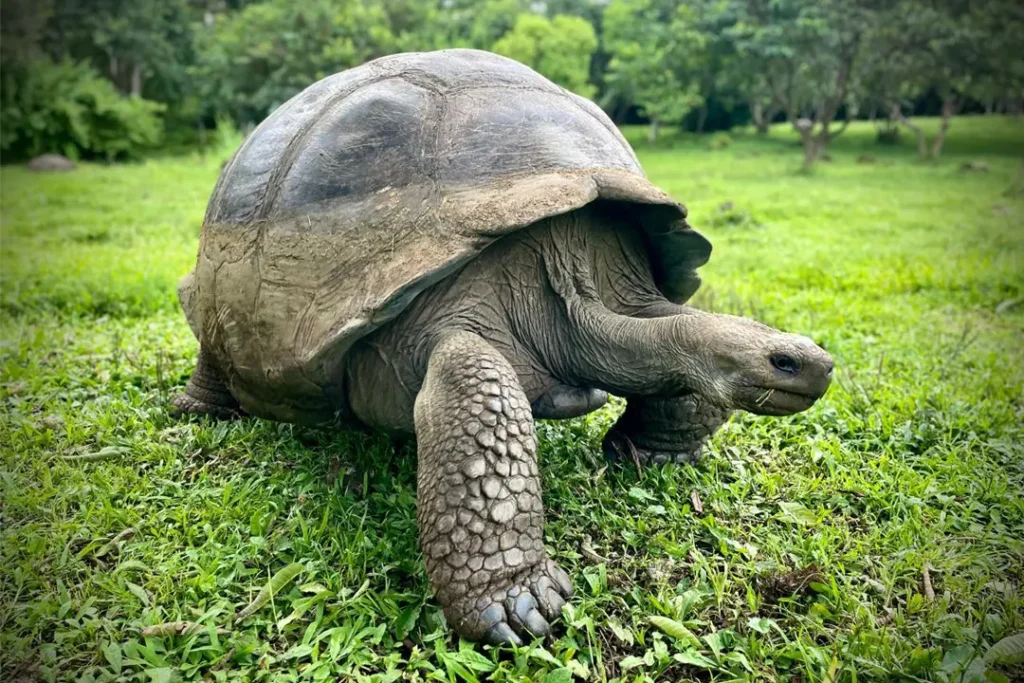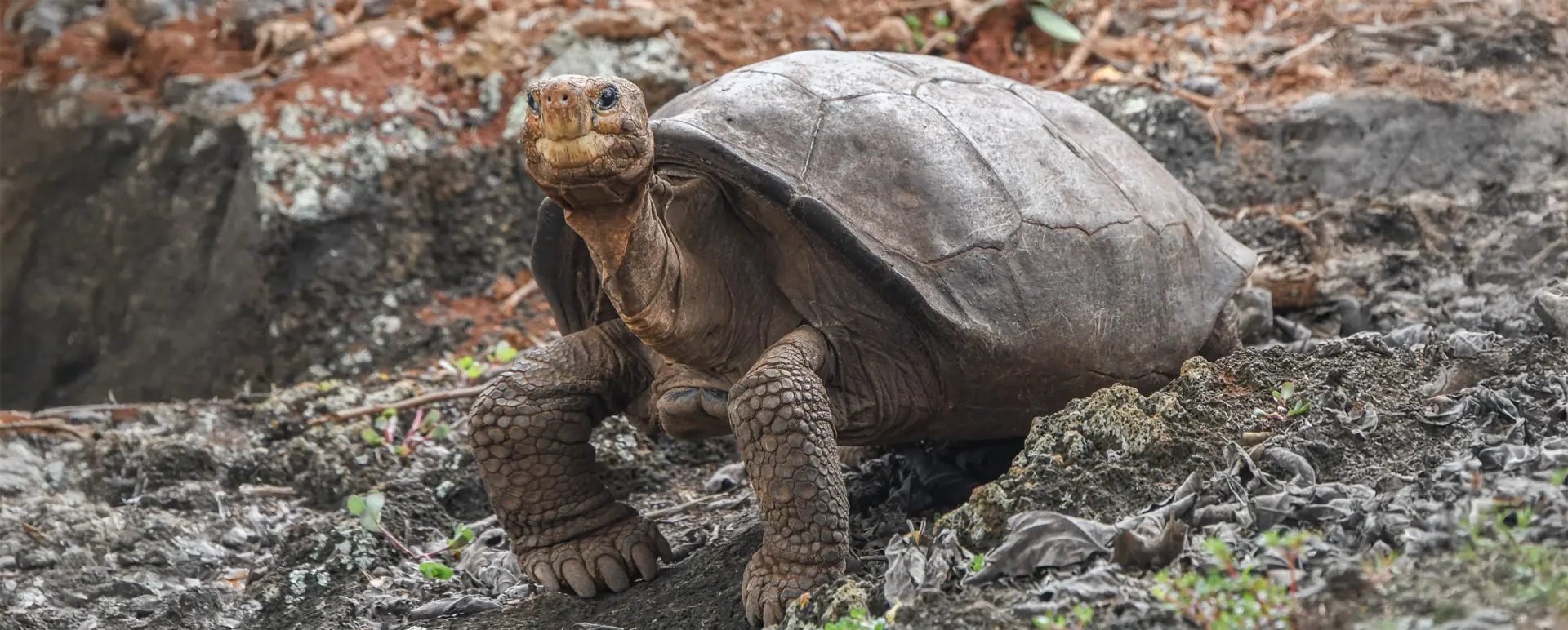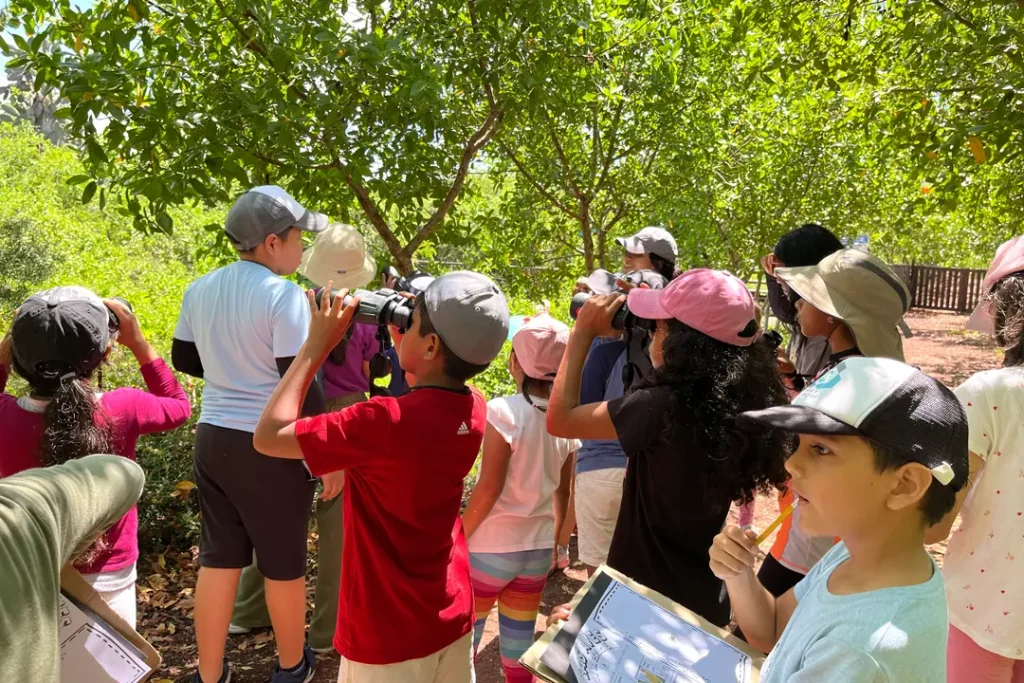A pioneering genetic study revealed that the Galapagos Archipelago giant tortoises were in fact 13 genetically different species. This discovery, supported by Galapagos Conservation marks an important milestone in understanding the unique biodiversity of the archipelago and highlights the importance of updated taxonomic data to guide tortoise conservancy.
Genetic Breakthroughs shed new light
Researchers at Yale University used advanced genetic sequencing technology to identify clear genetic differences between tortoise population across the Galapagos islands. Researchers used techniques like whole-genome analyses and single nucleotide Polymorphisms to reveal a much higher level of genetic variation than was previously known. These findings highlight the importance of revising earlier taxonomic model, which treated tortoises on different islands as one species.
Taxonomy: A paradigm shift
This discovery challenges IUCN Tortoise taxonomy working group’s one-species approach adopted in 2021. The study shows that Galapagos tortoises are 13 different genetic lineages. This disproves the idea of a shared, recent evolutionary origin. The unique environmental conditions on each island and the geographic isolation have caused these populations to adapt in a different way, leading to the emergence separate species.
The differences between tortoises from most islands are so significant that they warrant a reclassification as separate species. This new perspective provides a more refined understanding of the biodiversity in the archipelago, which is renowned for its extraordinary speciation due to adaptations to isolated environments.
Galapagos Conservancy’s role in research and conservation
Galapagos Conservancy was instrumental in this breakthrough, by supporting cutting-edge scientific research. We work in collaboration with the Galapagos Park Directorate to protect these species by implementing targeted conservation programs. We have a strong commitment to research, which has enabled us to access critical resources and allow international teams of scientists to conduct genetic studies such as this. We also lead efforts in monitoring and protecting tortoise populations against threats like poaching, invasive sytems, and habitat destruction.
Conservation Strategies Adapted for Genetic Diversity
The conservation of tortoises is likely to be greatly affected by this new understanding. The majority of tortoise species are distinct enough that they require their own conservation strategies. These efforts include preserving specific habitats, and managing population interactions carefully to avoid unintentional cross-breeding.
These findings emphasize the need for modernizing conservation methods, and aligning them with the unique genetic features of each population. Galapagos Conservancy, which combines cutting-edge research with targeted conservation programs in order to protect endangered species, is leading this crucial shift.
Global Collaboration for the Future of Giant Tortoises
Genetic data and analyses from the study were made available to scientists around the world, encouraging collaboration and research. The findings of this study will be a long-lasting impact on the conservation efforts for Galapagos giant turtles.
The confirmation of thirteen distinct species is a major achievement in science and conservation.
Galapagos Conservancy is committed to the protection of these species. We strive to preserve the natural heritage of Galapagos through innovative research, community support and collaborative efforts.




